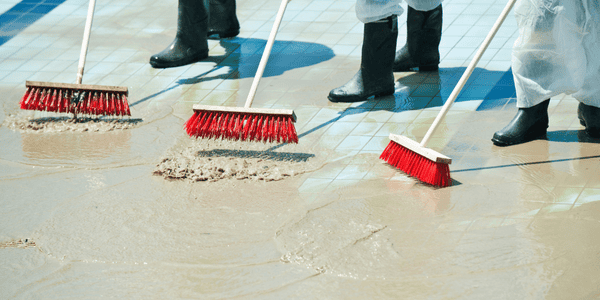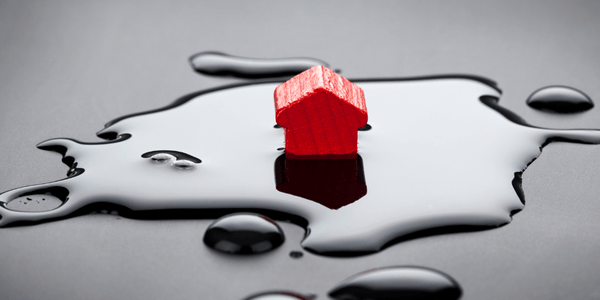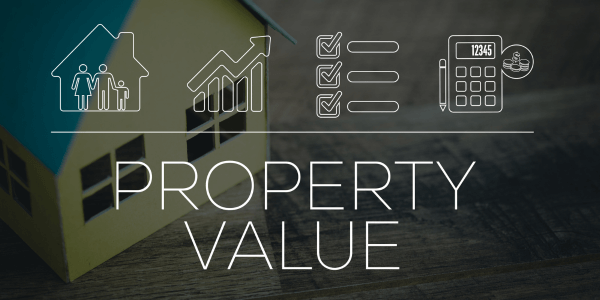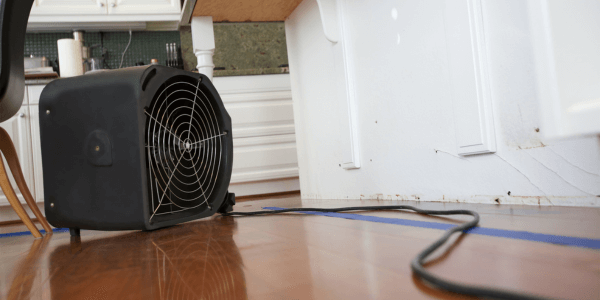
Trusted Emergency Water Removal Services in San Antonio
Trusted Emergency Water Removal Services in San Antonio When water damage strikes, time is critical. At Complete Flood Restoration, we understand how…
Get the answers for yourself and learn all about the damage restoration industry. We’ll explain how-tos, valuable insights, DIYs, and more.

Trusted Emergency Water Removal Services in San Antonio When water damage strikes, time is critical. At Complete Flood Restoration, we understand how…

Rapid Emergency Water Extraction to Protect Your Home Water damage progresses quickly. Within minutes, it seeps into walls, flooring, insulation, and electrical…

Recover What You Love with Help from Content Restoration When disaster strikes whether it’s a burst pipe, a severe Texas storm, or…

"Learn about water intrusion, its causes, warning signs, and solutions. Protect your home with expert tips from Complete Flood Restoration in San…

"Prevent costly water damage! Learn how to identify and prevent burst pipes with expert tips for safeguarding your home and plumbing."

"Discover the key differences between water damage vs. flood damage, how they impact insurance, and expert tips for restoration to protect your…

Learn the do’s and don’ts of flood cleanup with Complete Flood Restoration. Stay safe, prevent mold, and recover quickly with expert guidance…

"Learn to spot hidden water damage in your home and act fast! Discover signs, prevention tips, and expert help from Complete Flood…

"Learn how to fix water damage on popcorn ceilings with this step-by-step guide. DIY tips to repair, prevent issues, or call Complete…

"Learn how to fix a bathtub leaking water, prevent water damage, and explore DIY tips or professional solutions with this expert guide…

"Discover the causes, types, and solutions for water stains with Complete Flood Restoration in San Antonio. Tackle stains and prevent future issues!"

How Commercial Water Restoration Minimizes Business Losses Picture this: you walk into your business on a regular morning, coffee in hand, ready…

Top 7 Water Damage Restoration Mistakes Homeowners Make Dealing with water damage is never fun. One moment, everything is fine, and the…

What To Do When Dealing With A Flooded House Walking into your home to find it flooded can feel like a scene…

Are You Living in a High-Risk Flood Zone? Here’s What You Need to Know Have you ever looked at your home on…

Flash floods don’t exactly send a “save the date.” They show up uninvited, wreak havoc, and leave you scrambling to clean up…

Water damage can be one of the most stressful situations a homeowner faces. Whether it’s a flooded basement or a soggy bathroom…

How to Dry Flooded Carpet Quickly and Save Your Floors Let’s set the scene: You walk into your living room, and instead…

Prevent Disaster: Common Causes of House Flooding There’s nothing quite like the sinking feeling of stepping onto a soggy carpet or hearing…

How Water Damage Impacts Home’s Property Value Water damage can be sneaky. It starts as a tiny drip under the sink or…

What Happens During the Water Damage Restoration Process? You walk into your home after a long day, only to find water pooling…

What Causes Water Damage? Water damage isn’t just inconvenient—it can quickly turn into a homeowner’s worst nightmare. One day, you’re enjoying your…

10 Shocking Water Damage Statistics Every Homeowner Should Know Water damage isn’t exactly the most glamorous topic. We get it—you’d much rather…

You’re enjoying a quiet day at home when suddenly you notice water pooling around your kitchen sink. Whether it’s a burst pipe,…

15 Essential Water Damage Repair Tips: Protect Your Home and Save Money! Water damage is one of those problems every homeowner dreads—especially…